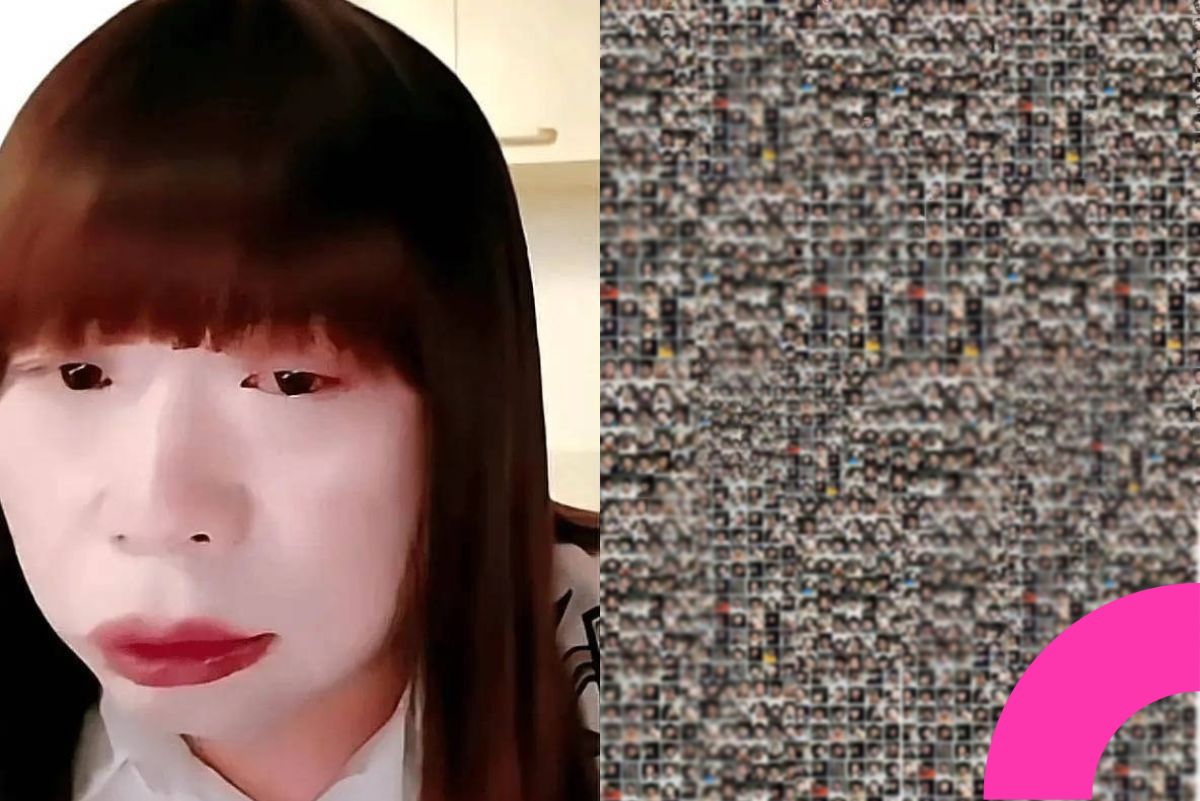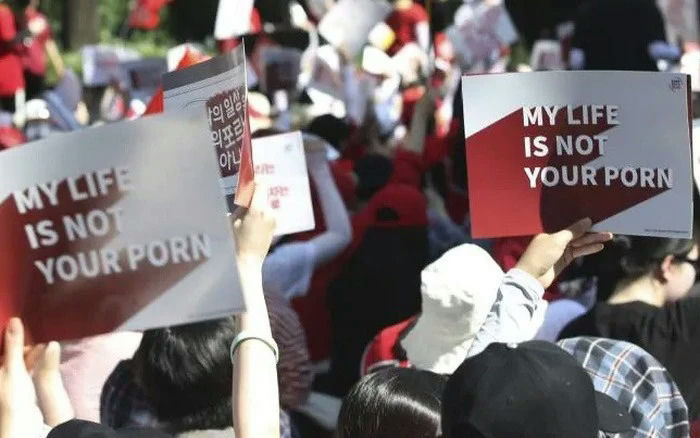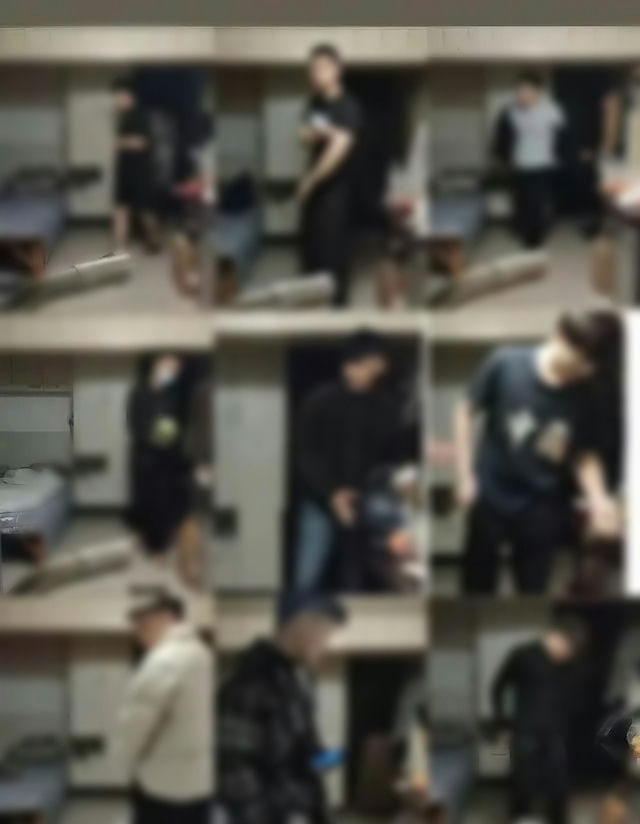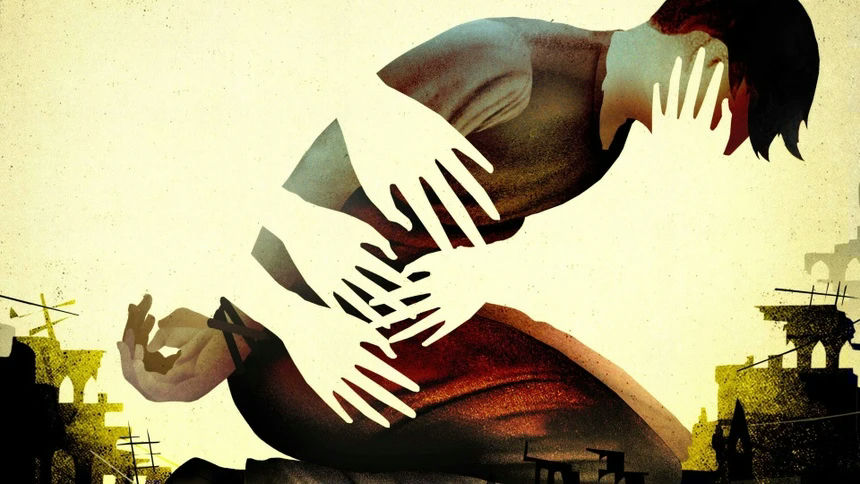Hidden Epidemic Behind “Sister Hong” Case: When Men Become Silent Victims of Spycam Crimes

The arrest of a 38-year-old man surnamed Jiao (widely known online as “Sister Hong”) on July 6 in Nanjing, China has sparked national outrage. Posing as a woman with elaborate disguises including wigs, silicone breast implants, and a carefully trained voice, Jiao lured men into his rented apartment, secretly filmed their intimate encounters, and allegedly profited by distributing the footage online.
Though local police clarified that the rumored number of “1,691 victims” was exaggerated, they confirmed that numerous men were indeed recorded without consent. As the case dominated headlines, experts warned that this is just the tip of the iceberg in a much larger issue: the mass proliferation of hidden cameras and the unlawful distribution of private, sensitive content.

A Booming Underground Industry
Miniature spy cameras disguised as everyday items like phone chargers, plush toys, or power sockets are sold openly in Chinese electronics markets. According to CCTV, a major investigation in Shandong province uncovered 300 hidden cameras installed in hotel rooms, with over 100,000 private videos leaked. Despite arrests, the irreversible harm to victims’ privacy remains.

South Korea has similarly grappled with what’s known as the “molka epidemic”, where over 30,000 hidden camera incidents were reported between 2013 and 2018, primarily targeting women in restrooms and changing rooms. But such technology enables all genders to be targeted.

Male Victims: The Overlooked Majority
In the Sister Hong case, nearly all victims were male students, office workers, and even foreign nationals. Many were misled into believing they were entering genuine romantic relationships. Yet public response to male victims was surprisingly cold. Some online comments even mocked them, saying, “Men don’t lose anything.”

This reflects a deep-rooted societal bias: the assumption that only women can be victims of sexual misconduct or voyeurism. In reality, studies show nearly 25% of American men have experienced some form of sexual violence, according to the CDC. Another survey found that 43% had been sexually harassed.
International research also reveals that men make up 15–20% of spycam victims, particularly in closed environments like gyms, dormitories, or military barracks. However, due to stigma, many never report the abuse. One study found over 70% of male victims wait more than 10 years to disclose their experience.
A System That Still Ignores Male Survivors
Toxic gender stereotypes — such as the notion that “real men always want sex” contribute to the silencing of male victims. Dr. Roy Levin, a former physiology professor at the University of Sheffield, noted: “If a man shows a physiological response, people assume it was consensual, ignoring the trauma.”

Rebecca Fisico, a researcher in gender violence, added that men often fear being mocked or not believed. The lack of inclusive victim services, hotlines, or support centers for men only worsens this.
Legal systems also struggle to adapt. “Gender-based violence” is often interpreted narrowly as violence against women, unintentionally excluding male victims. As a result, cases remain underreported, under-investigated, and misunderstood creating a cycle where silence leads to inaction, reinforcing the stigma.
A Call for Legal and Cultural Reform
The Sister Hong case exposes not only one man’s crimes but also a broader systemic failure. From widespread access to spycam devices to digital black markets on platforms like Telegram and QQ, the infrastructure of abuse is well in place while protections lag behind.

To truly address this hidden epidemic, countries must tighten surveillance laws, increase digital accountability, and most importantly, dismantle gender stereotypes that prevent victims from being heard regardless of who they are.





